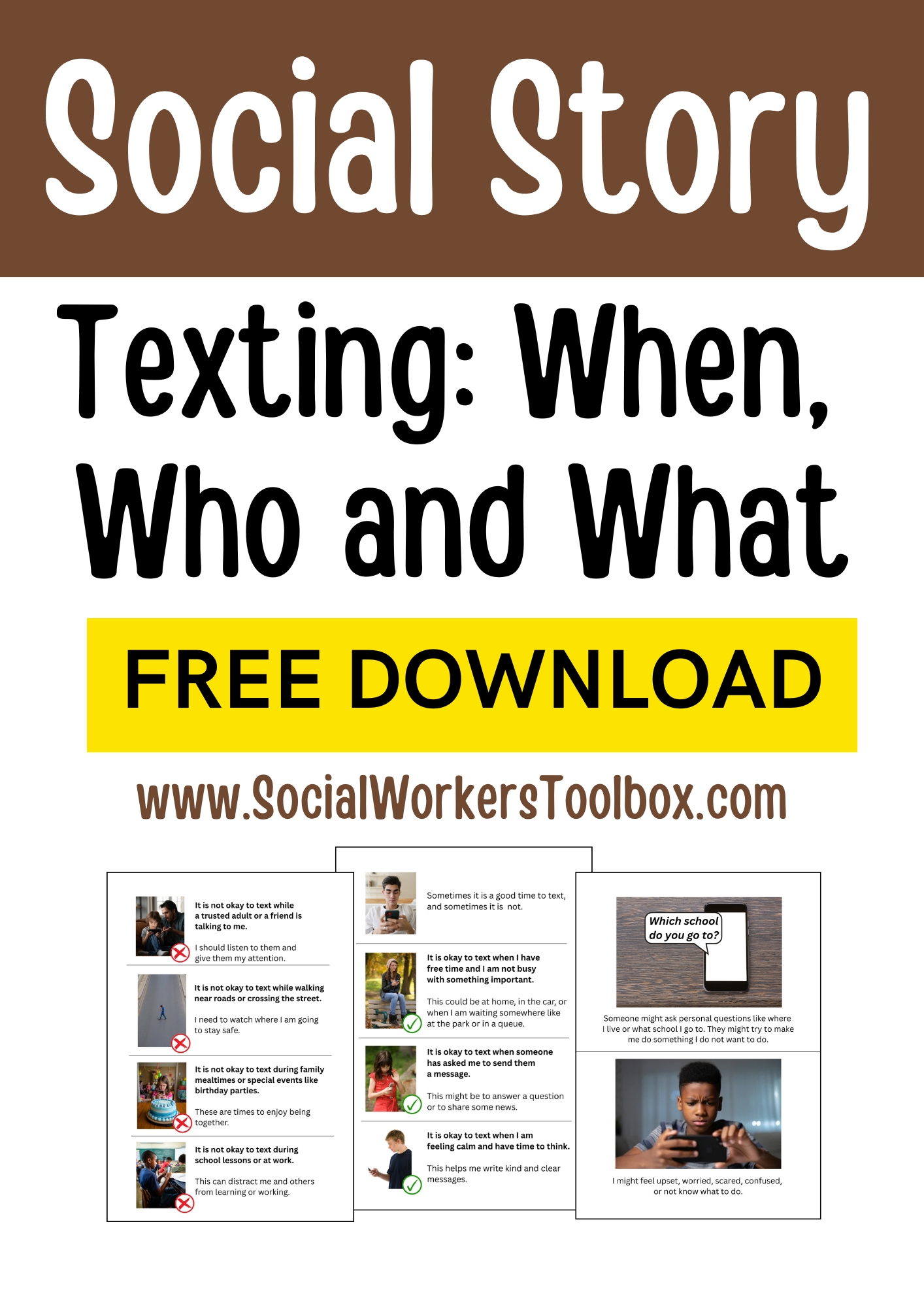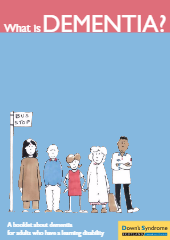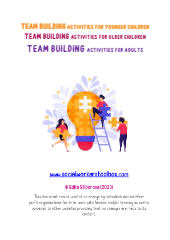
“Texting: When, Who and What” is a free, printable PDF social story designed to teach children and young people how to use text messaging in a safe, respectful, and emotionally intelligent way. Created with clear visuals and simple, supportive language, this resource is especially useful for children with autism, ADHD, or learning difficulties, as well as those receiving guidance on online safety and social communication.
This detailed social story guides young readers through key aspects of responsible phone use, helping them navigate the world of texting with confidence and care. It is an ideal tool for teachers, social workers, therapists, and parents working to build digital resilience and emotional awareness in children.
Topics covered include:
-
When it’s okay or not okay to text (e.g., during school, at bedtime, crossing roads)
-
Who it’s safe to text (trusted people in real life, not strangers or those who make them feel uncomfortable)
-
What’s appropriate to say in a text and how to express feelings kindly
-
How to handle upsetting, unkind, or unsafe messages, including how to block users and talk to trusted adults
The story encourages children to think before they text, wait calmly for replies, avoid sending inappropriate images or personal information, and understand the emotional impact of their digital behaviour. It promotes digital boundaries, respectful communication, and seeking help when things don’t feel right.
This resource is ideal for:
-
Digital literacy lessons in schools
-
PSHE or RSE curriculum content
-
Online safety education in therapy or social work
-
Children beginning to use smartphones and social apps
-
Young people struggling with text-related conflict or cyberbullying
Whether supporting children who are new to texting or helping those who’ve had negative experiences, this printable social story offers a structured, age-appropriate way to explore texting etiquette, privacy, and online wellbeing.
This is a clear, supportive resource for teaching children safe and respectful texting habits. Ideal for digital safety education, emotional regulation, and communication skills.








